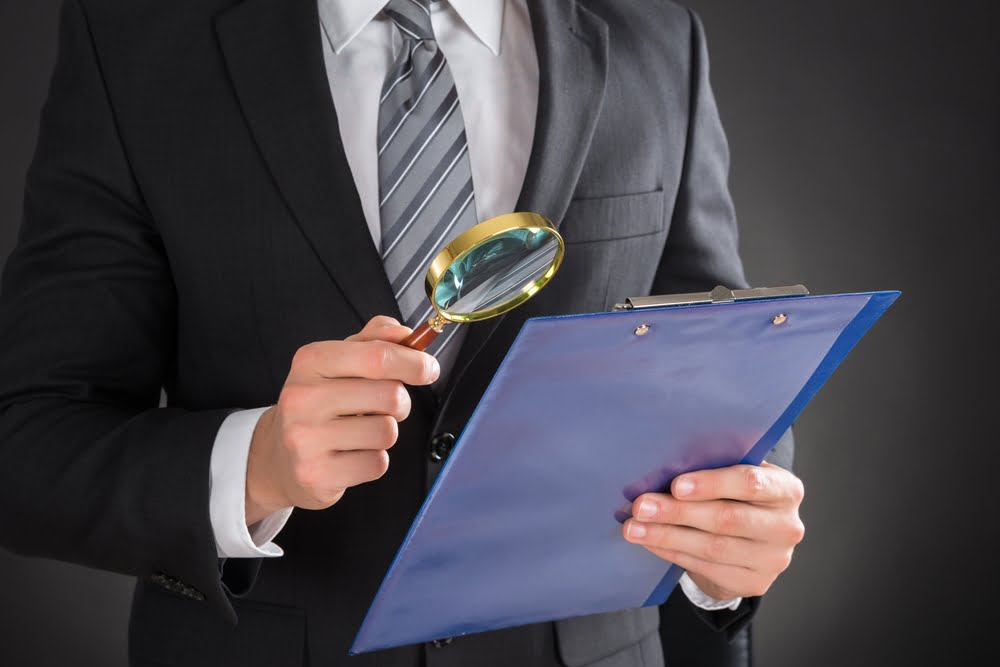Trusts are a major part of the New Zealand landscape and are used by both businesses and families. However, it’s the latter that is the most recognisable application and the form most understood.
Trusts are used in both family and commercial law.
Yet, with all the knowledge and commitment to trusts, many New Zealanders are still in the dark about their effective governance. A recent survey by Perpetual Guardian, published by Fairfax, showed that a third of respondents did not know what was in their trust deed.
This unfortunate statistic is worrisome due to the importance of a deed to the proper management of a trust.
Know your documentation
When a trust is created, whether family-based or as a business structure, what is really being developed is a relationship of obligation between a trustee and a trust’s beneficiaries. The trust deed codifies this relationship and documents the relevant parties’ rights and obligations.
After a settlor settles property on the trust, the trust deed is created to appoint both trustees and beneficiaries. The former are the legal owners of the trust and manage the trust’s affairs and assets. The latter are the direct beneficiaries of the trust, which holds assets for their benefit. Depending on the intent of the trust, beneficiaries can be family, friends or other stakeholders.
For clients, knowing how their trust works and ensuring it complies with what’s written in the deed is essential. If a deed does not align with the actual working of the trust or New Zealand law, there is a real risk it could be busted wide open by creditors and claimants.
NZ Law looks at some of the key proposals in a new Trusts Bill that may replace the old Trustee Act 1956: https://t.co/L7fM8Pe7tQ
— NZ Law Commission (@NZLawCommission) February 16, 2017
Other important trust documents
Alongside trust deeds, clients can and should prepare a Memorandum of Guidance. It’s a very handy document that can ensure the intent of the trust is clear for all.
Simply put, the purpose of a Memorandum of Guidance is to steer trustees during the management of the trust as well as offer them a clear understanding of the settlor’s motives. It also outlines the settlor’s wishes in relation to how the trust should be managed.
Due to the long-term nature of trusts, the document is of utmost importance due to the possibility that the original settlor may not be around to guide future trustees.
Whatever the reason for the trust, it’s essential you know exactly how it will work, and the risk you carry. A trust lawyer like myself can help you assess your risk profile based on your assets and business interests.
At Wynyard Wood, we help clients build a picture of their risk profile, while advising them of the documentation that can ensure a proper trust structure. Without this information, you may find you’re exposed to unacceptable levels of risk.


